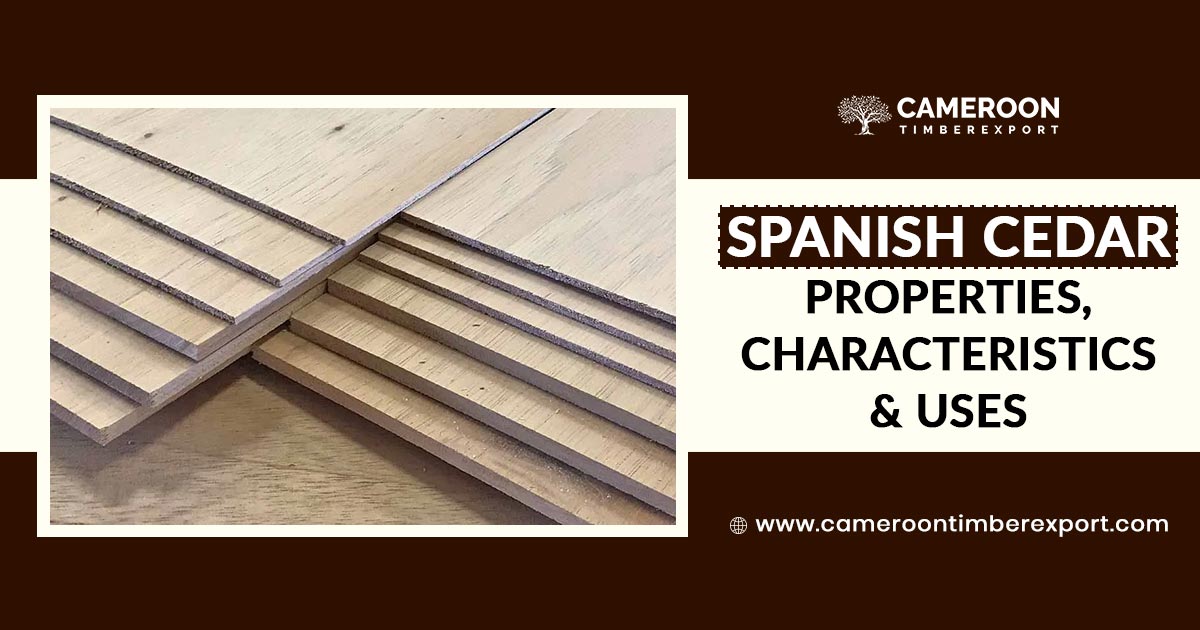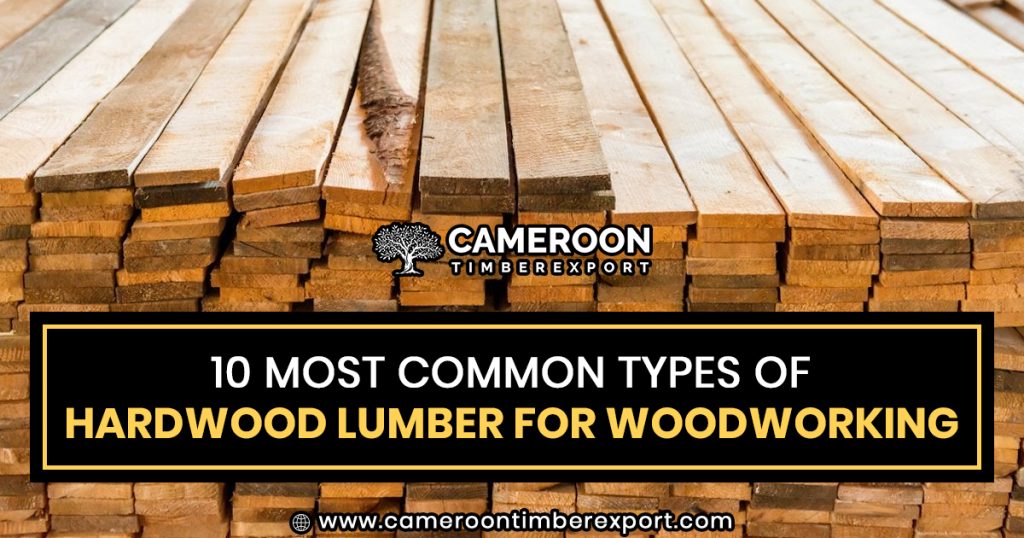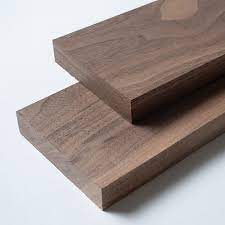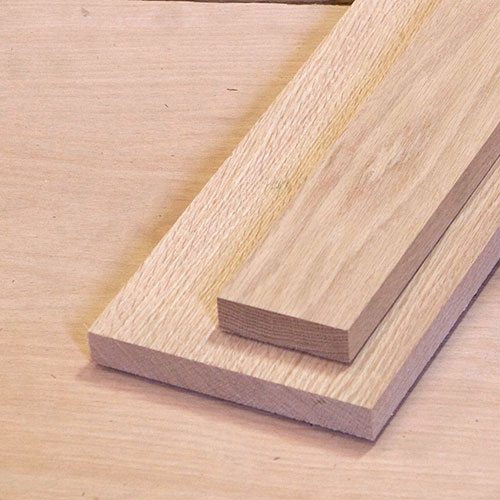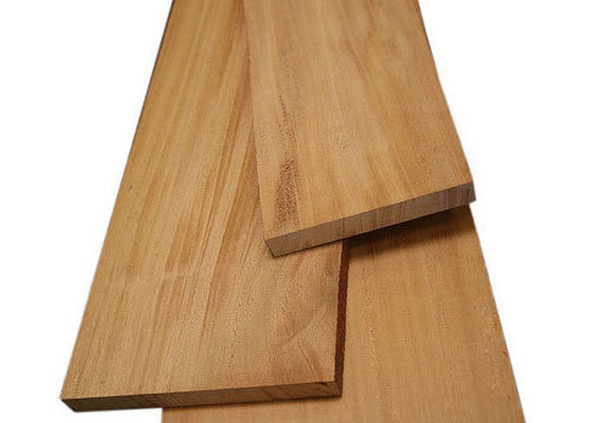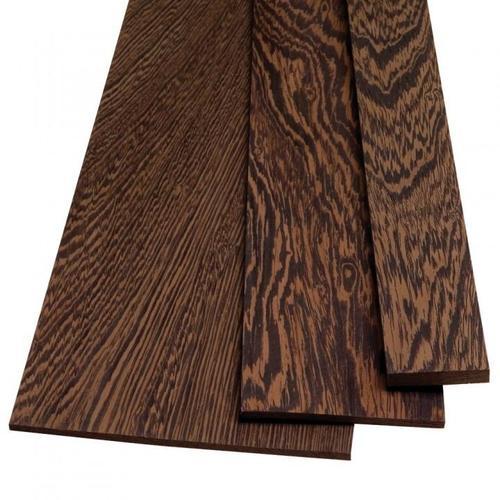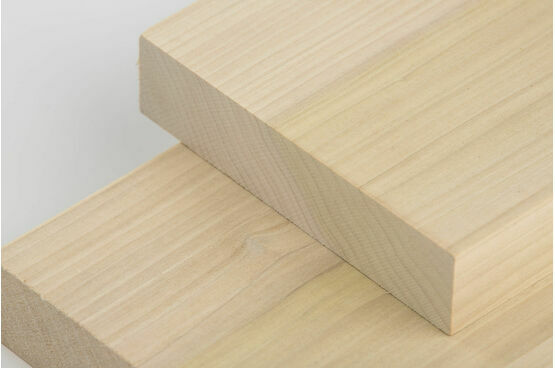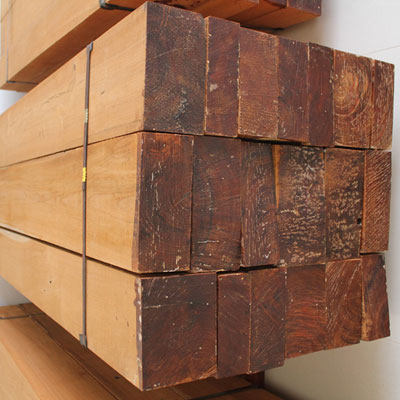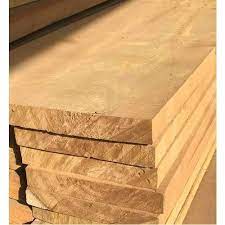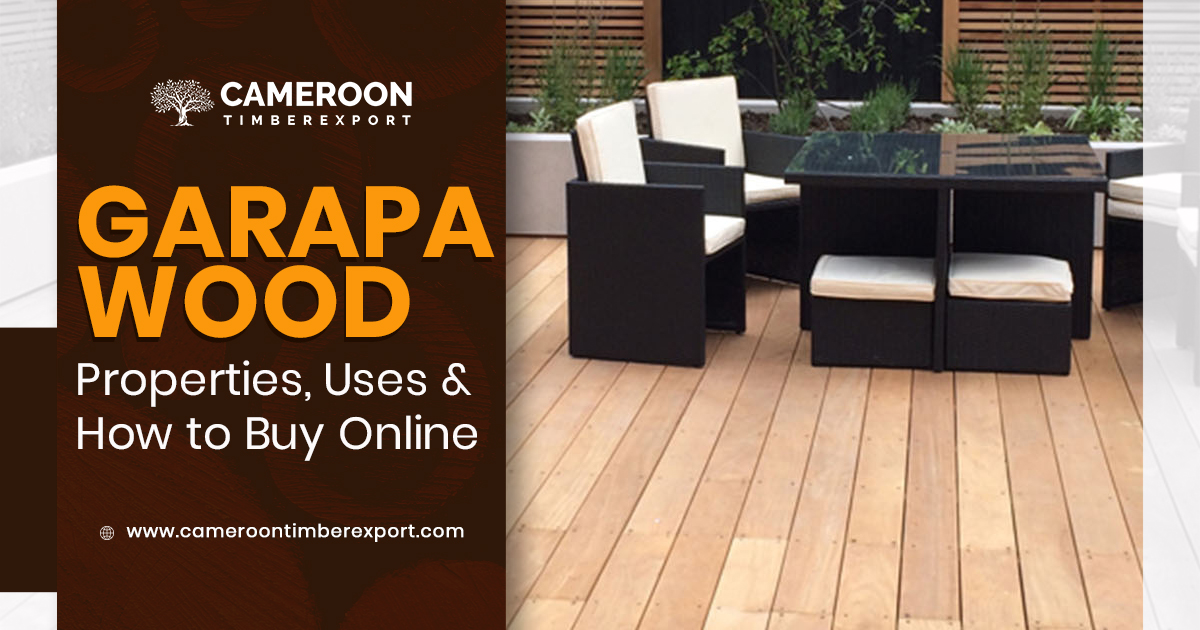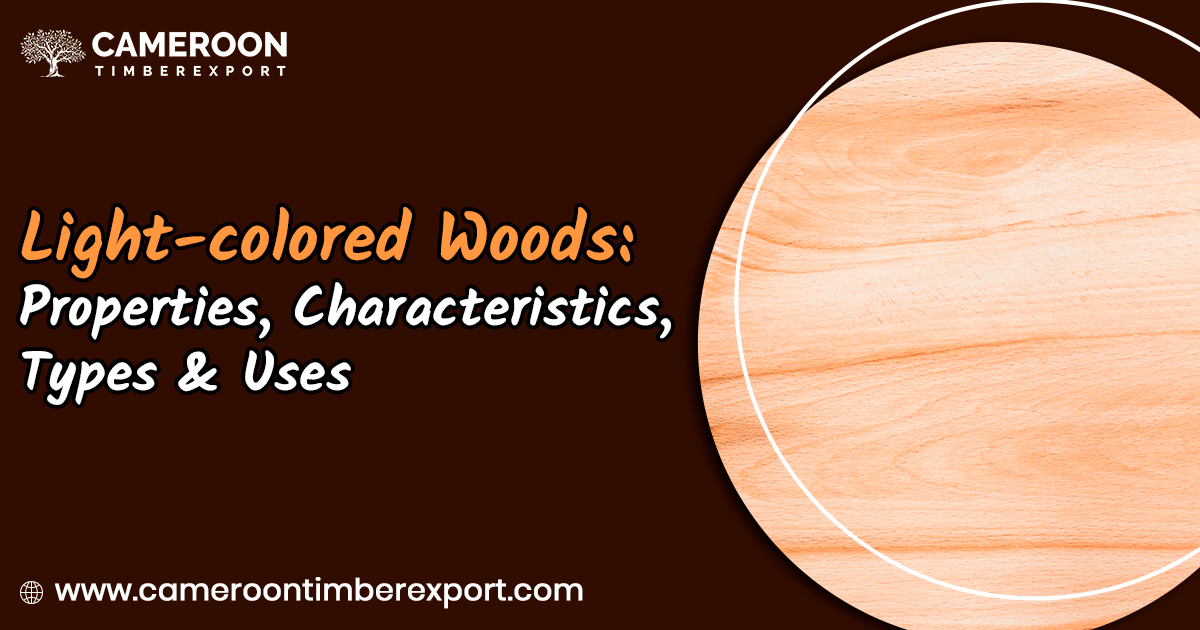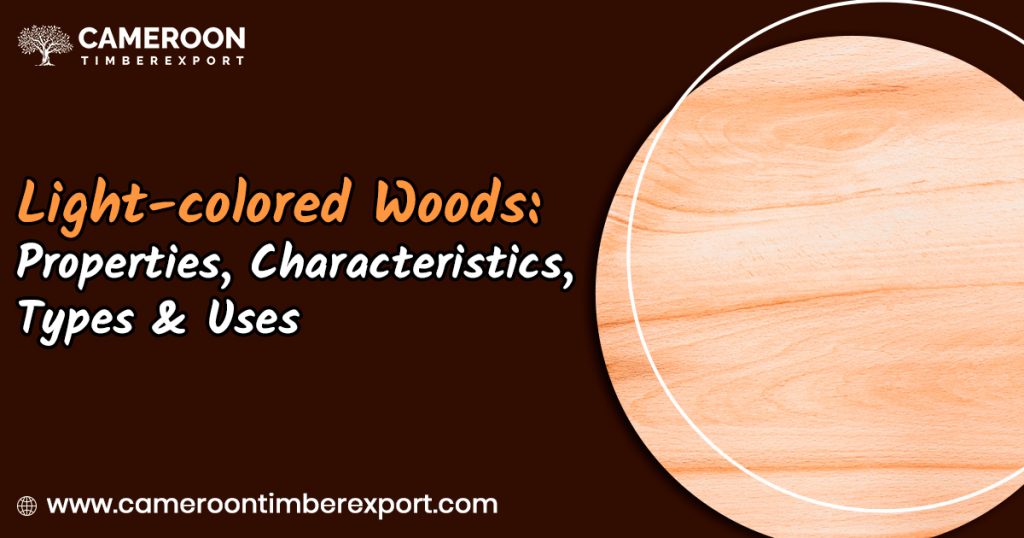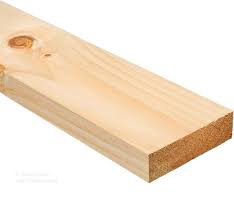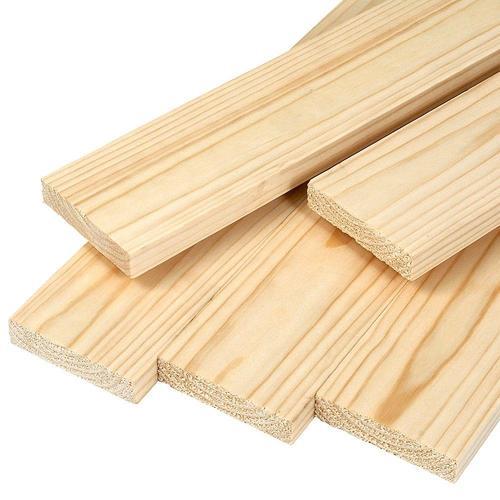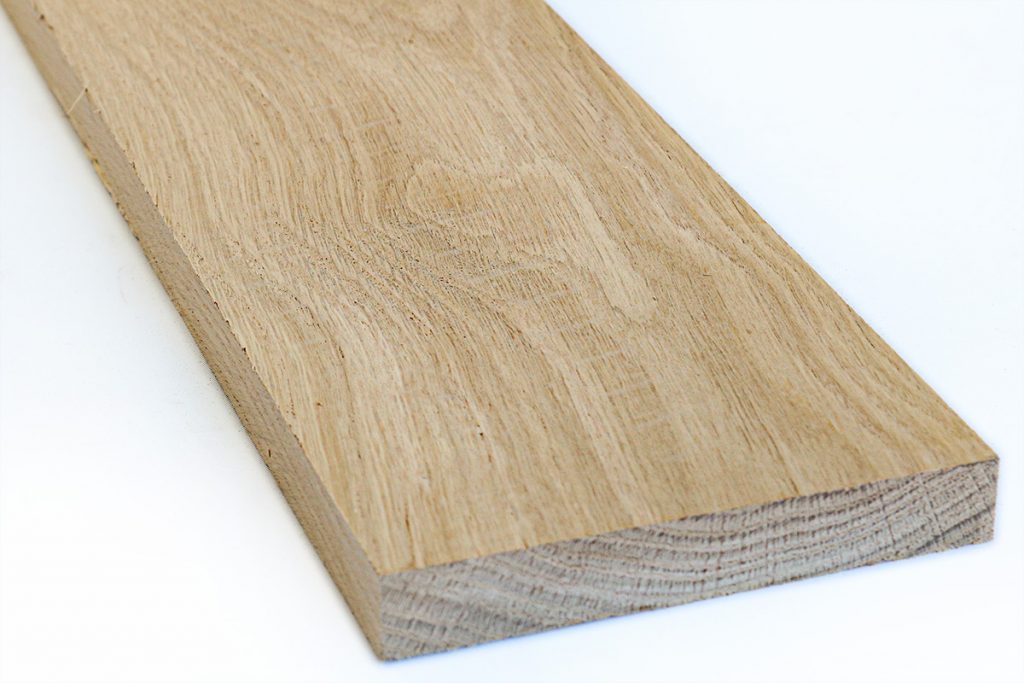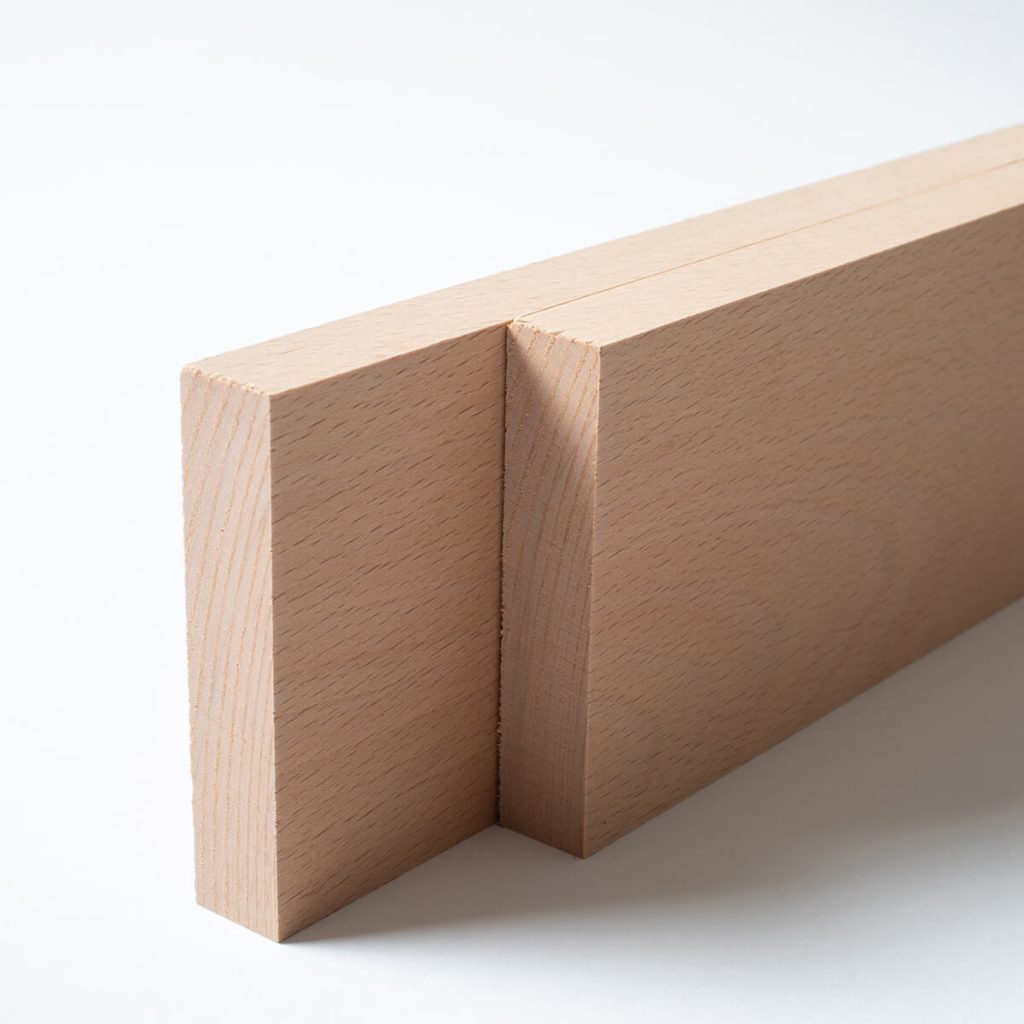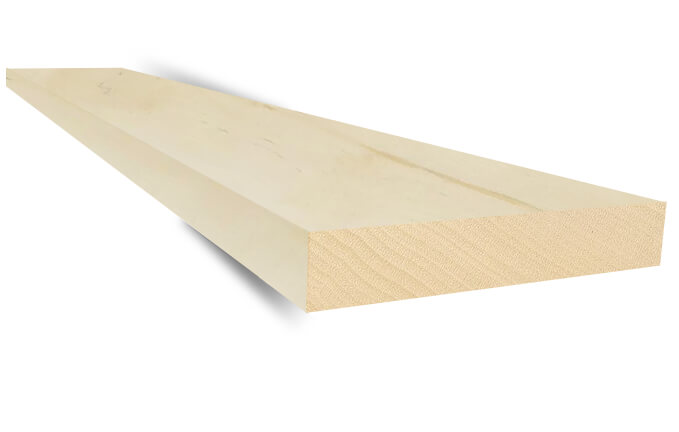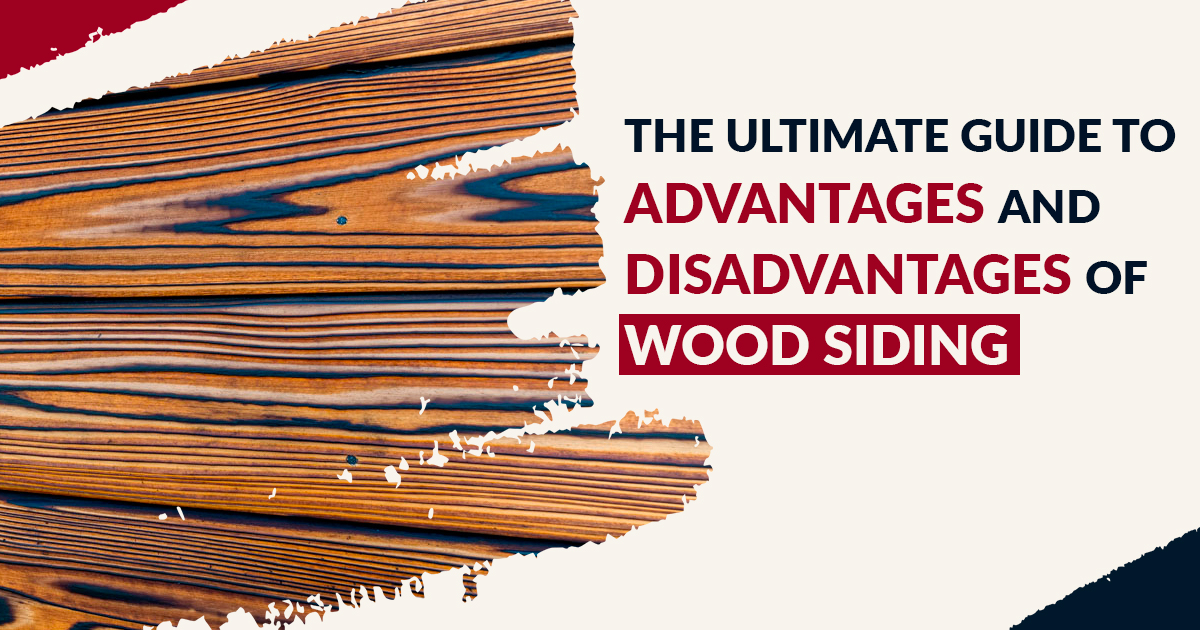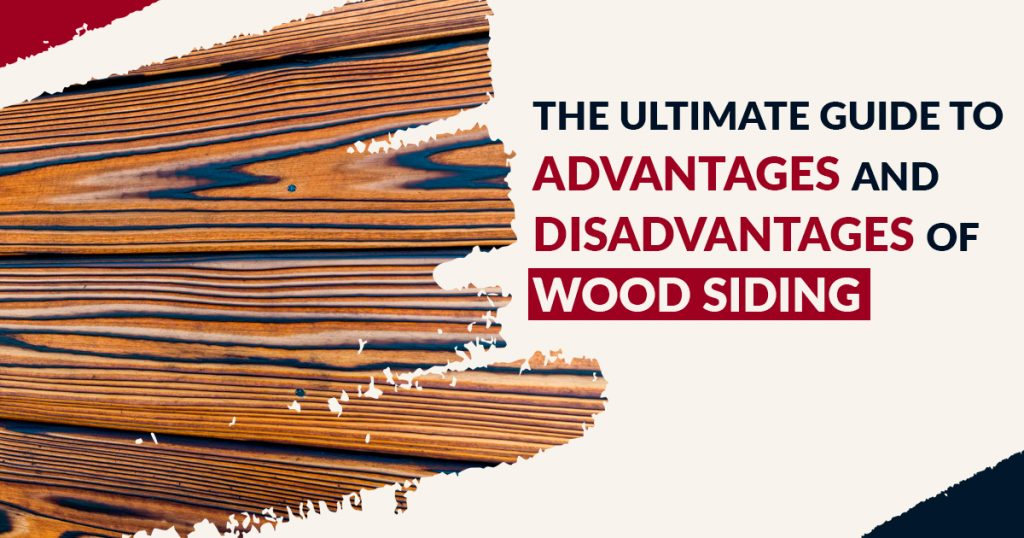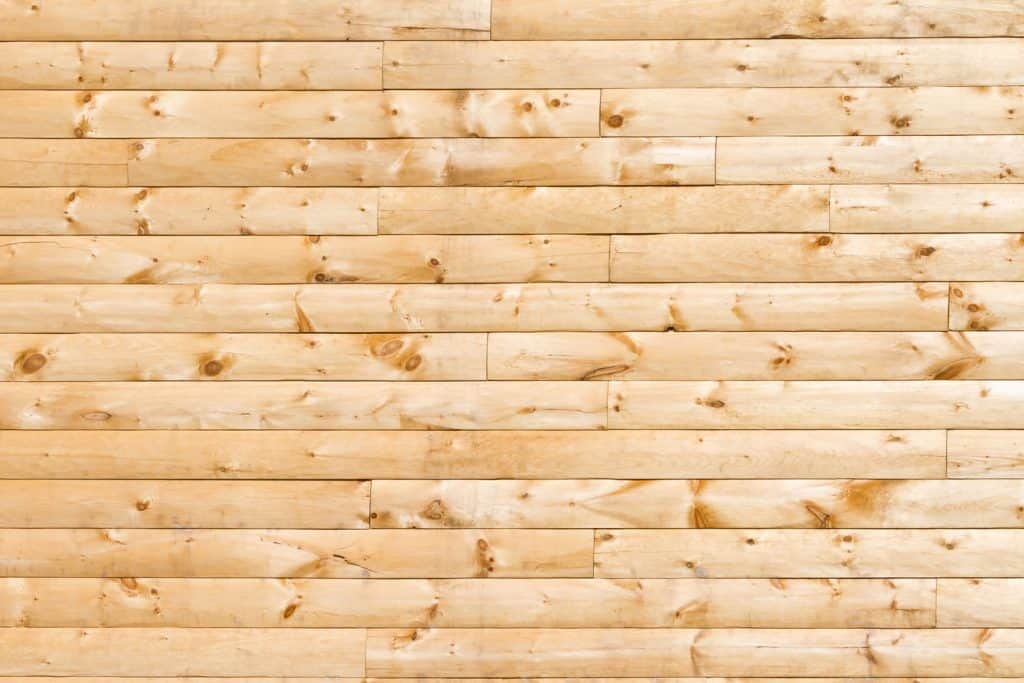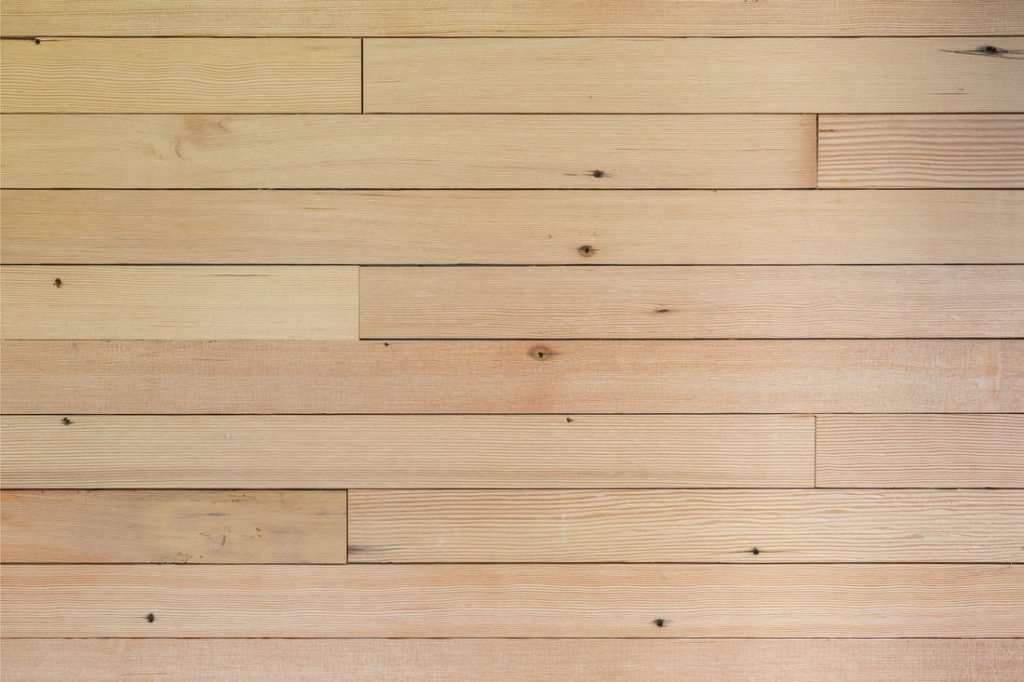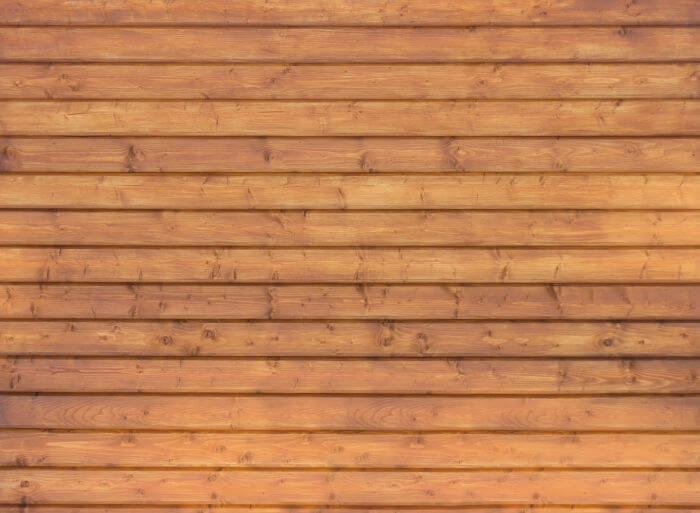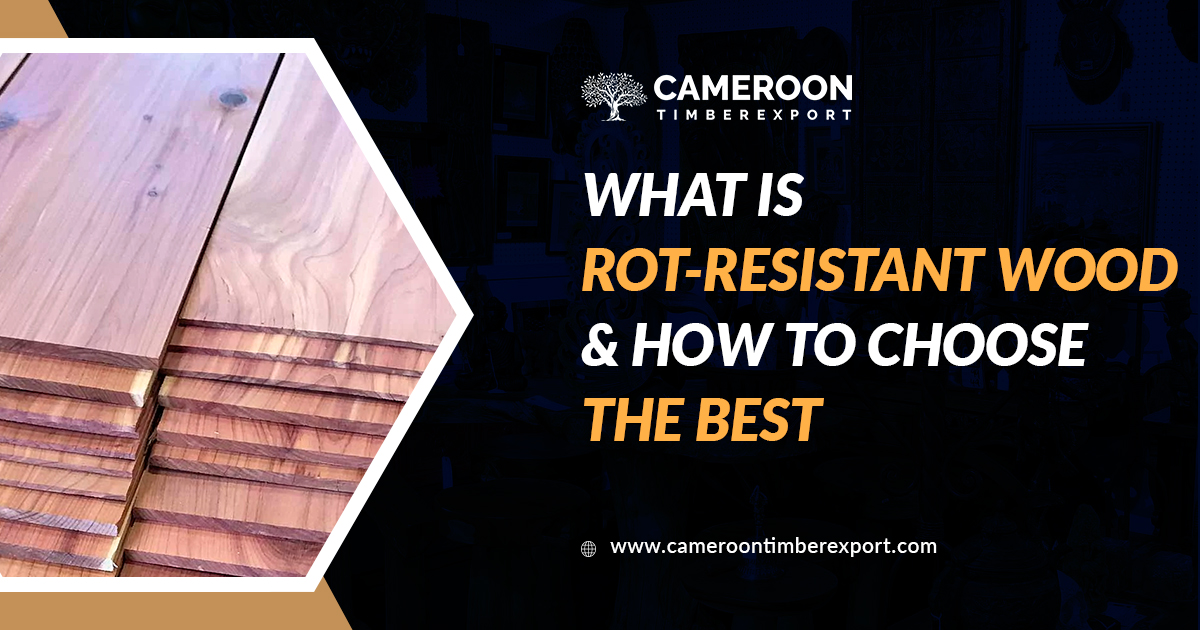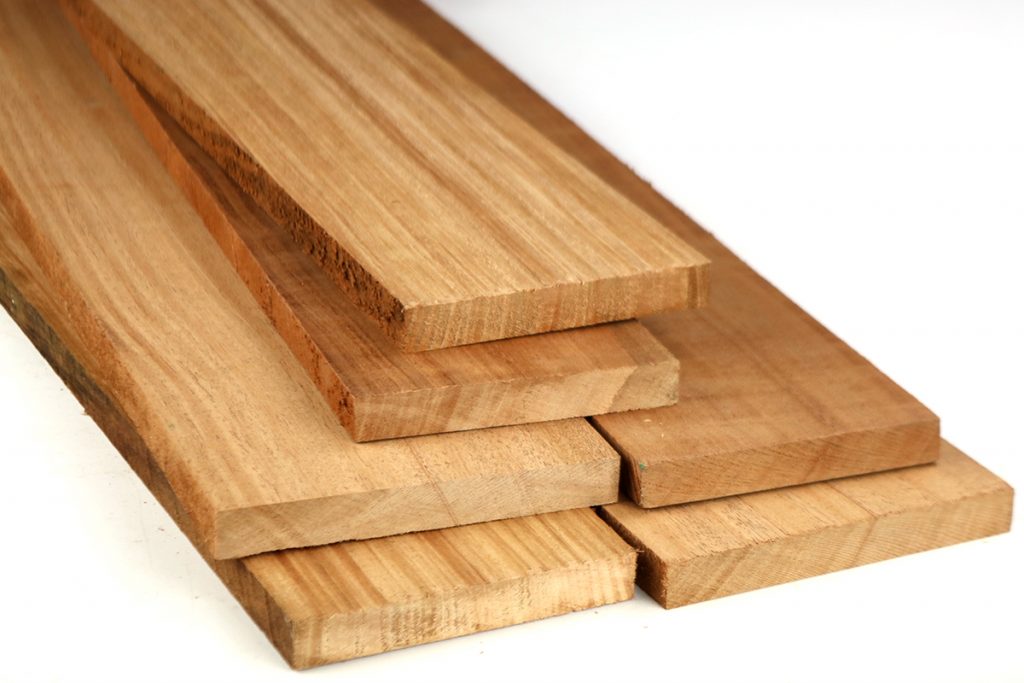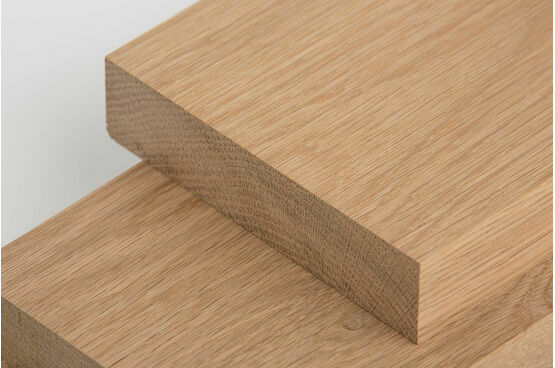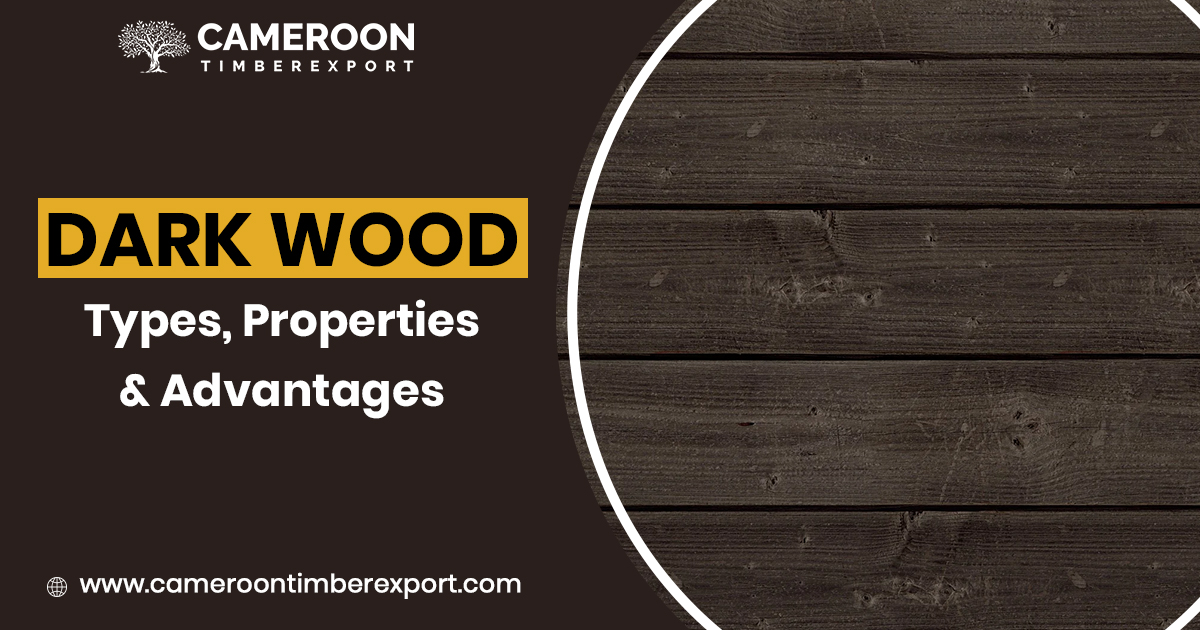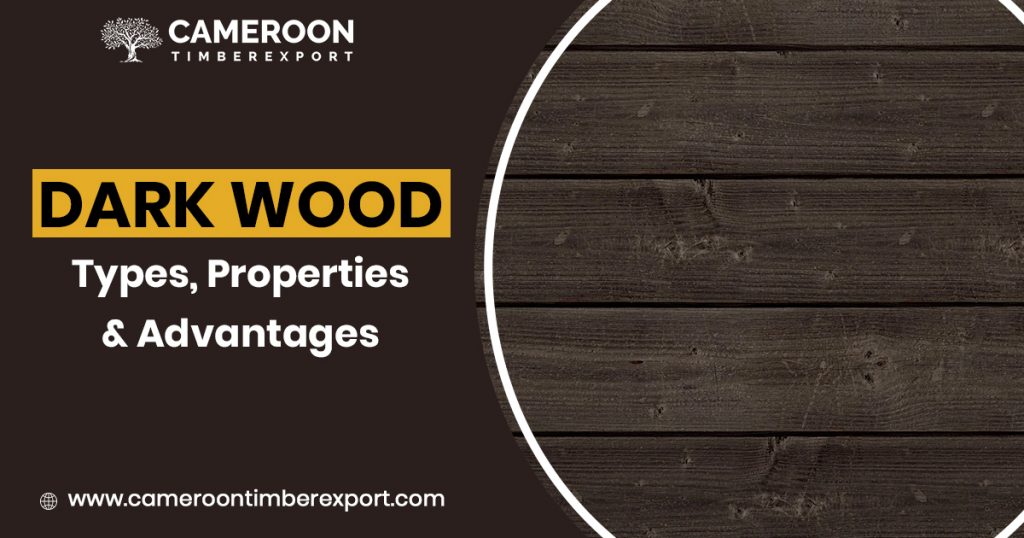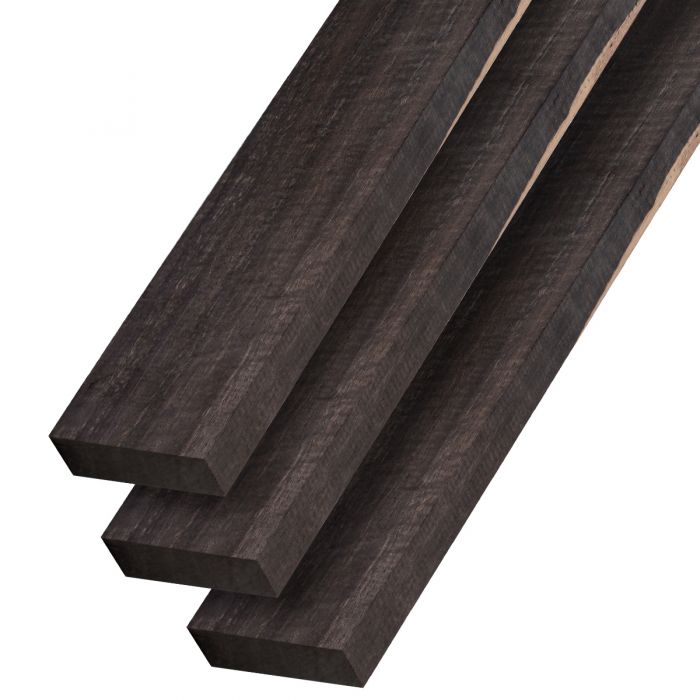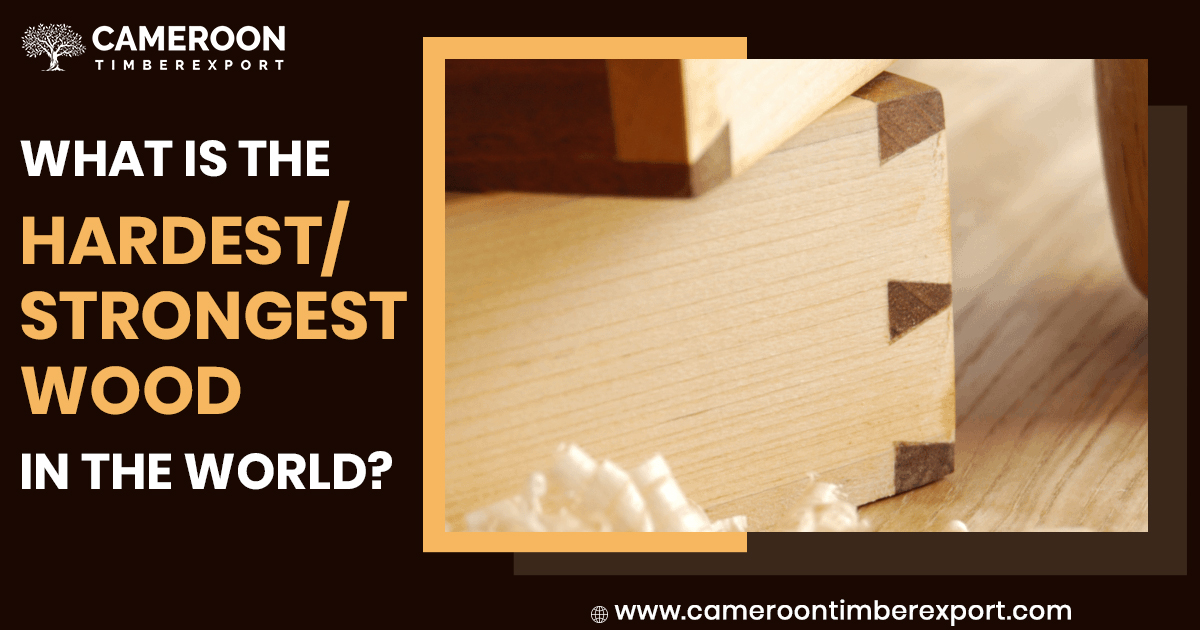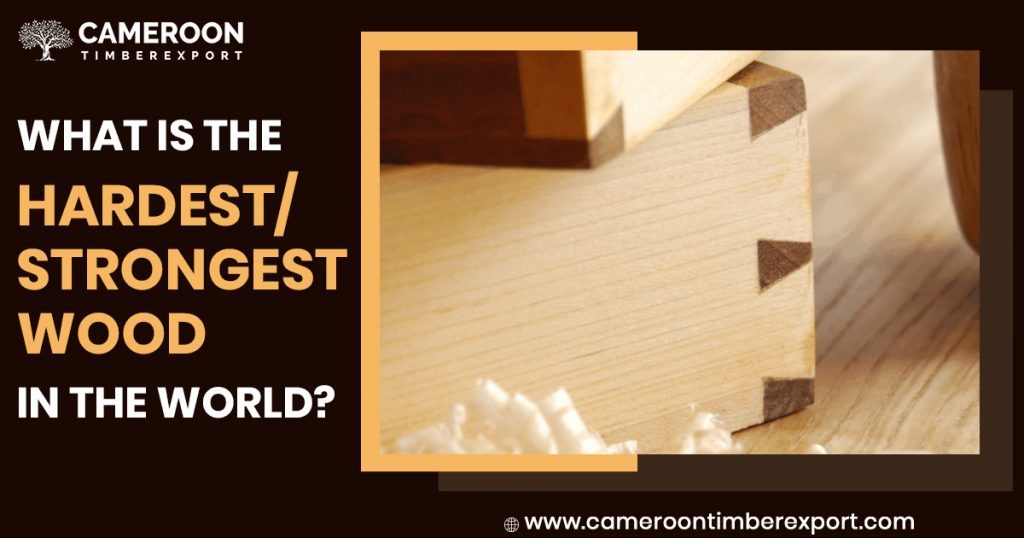Spanish Cedar is a hardwood known for its Mahogany-like appearance, aromatic scent and robustness. The wood was traditionally used for building boxes for cigars, which is why it is also commonly known as cigar-box cedar. In this article, we will get to know it more closely and take a look at its various spanish cedar properties and uses in detail.
Most of the Cedar we see today is sourced from Central and South America and also grown in the Caribbean. The trees are normally 65-100 ft (20-30 m) tall and have a 3-5 ft (1-1.5 m) trunk diameter.
Interesting fact: Spanish Cedar is not actually a type of cedar, but it belongs to the Meliaceae family and is therefore related to true Mahoganies (Swietenia and Khaya genera). In fact, it shares looks and properties with Mahogany.
Properties of Spanish Cedar
Color of the Spanish Cedar heartwood tends to be light pinkish to reddish brown and will generally darken with age. The wood grain is normally straight but might also be lightly interlocked. The texture is medium.
In terms of strength and durability, it is rated as moderately durable. It is resistant to decay and termite attacks and can withstand extreme weather conditions. Wood procured from older trees is more durable as compared to wood from younger trees. However, it is prone to attack by Powderpost beetles.
Spanish Cedar also known as Cedrela odorata is generally easy to work with. However, the softness of the wood might result in leaving fuzzy surfaces and extra sanding may be needed. The wood has a straight and fine grain, which makes it easy to work with. It glues, machines, nails, and screws well. It also has decent steam bending properties. The presence of gum can lead to difficulty in staining and polishing.
It is famous for its unique, cedar-like scent, which is why it is called Spanish Cedar and used for making cigar boxes.
Because of its easy and adequate availability, it is available at a low to moderate price.
We at CameroonTimberExportSarl supply Cedar to merchants and woodworkers in many countries. All woods are locally produced in our Cameroon mill by experienced artisans. Contact us for the best price for premium quality Spanish Cedar timber.
Technical Specifications:
- Average Dried Weight: 29 lbs/ft3 (470 kg/m3)
- Specific Gravity (Basic, 12% MC): .38, .47
- Janka Hardness: 600 lbf (2,670 N)
- Modulus of Rupture: 10,260 lbf/in2 (70.8 MPa)
- Elastic Modulus: 1,323,000 lbf/in2 (9.12 GPa)
- Crushing Strength: 5,860 lbf/in2 (40.4 MPa)
- Shrinkage: Radial: 4.1%, Tangential: 6.2%, Volumetric: 10.2%, T/R Ratio: 1.5
Interesting fact: In recent years, the increasing exploitation of Spanish Cedar has made it placed on the IUCN list of vulnerable species, though its export and sale are not banned.
Most of the Spanish Cedar or Cedrela odorata available today comes from plantations. This wood is procured from younger, fast-growing trees and has low density, durability and pale color. The wood procured from wild forests, on the other hand, is naturally more durable, stronger and darker.
Uses
It is durable and insect resistant, which makes it suitable for many purposes. It is used for making furniture, hulls of racing boats, doors & windows, cabinets, chests for clothing, and cigar boxes.
Other than that, it is also used for plywood, veneering, humidors, furniture, flooring, paneling, and musical instruments.
Where to Buy Inexpensive Spanish Cedar From?
Whether you are looking to buy the best quality Spanish Cedar at the right price or just want to know more about this interesting cigar-box timber, feel free to contact us to talk to an expert.
CameroonTimberExportSarl is leading exporter and global wholesaler of hardwood timber. We deal in a large variety of hardwood logs, timber and slabs and can provide ready to use Spanish Cedar timber in different sizes and dimensions. Contact us to place an order.

